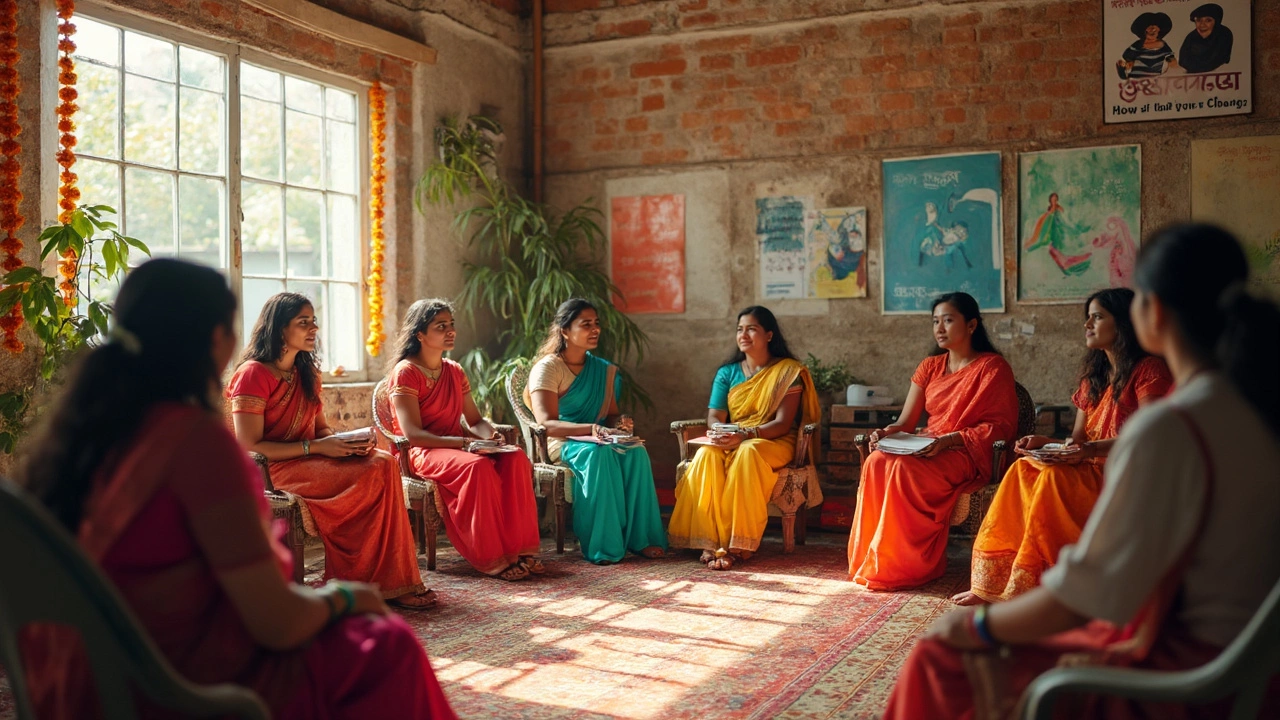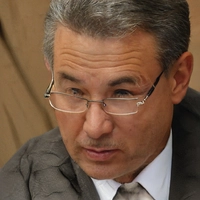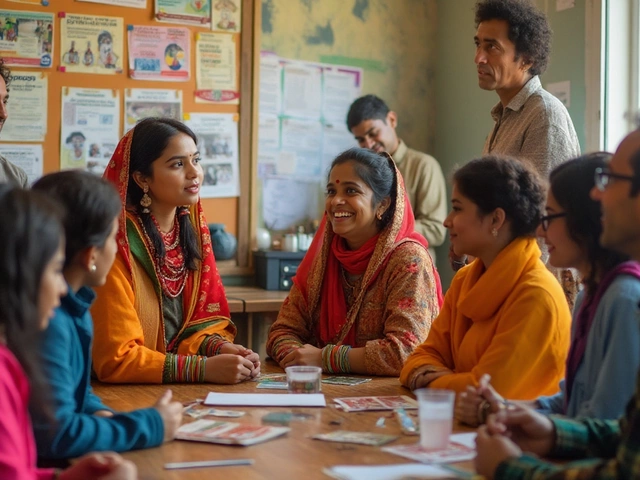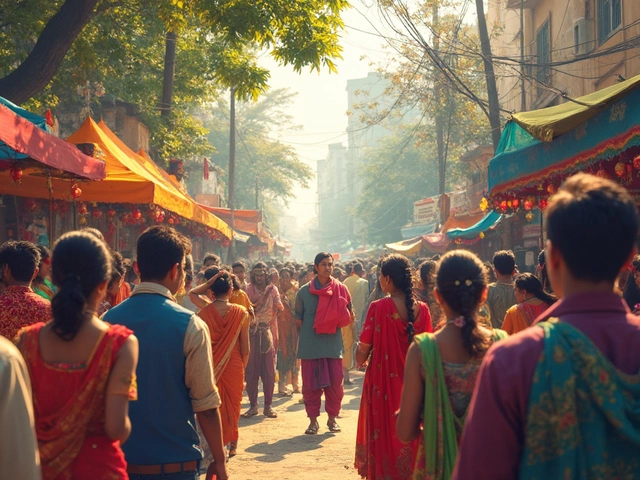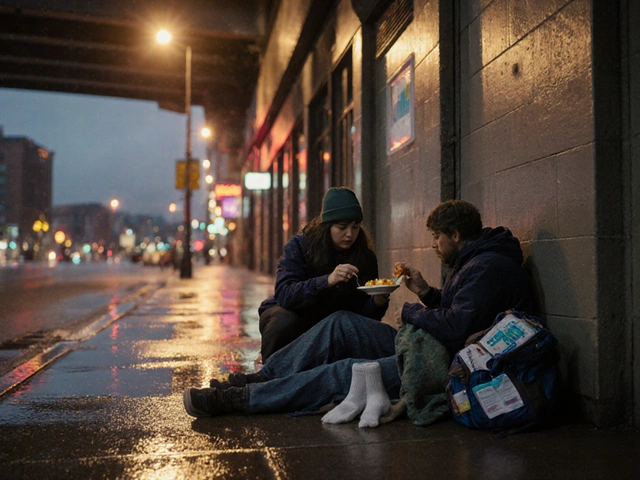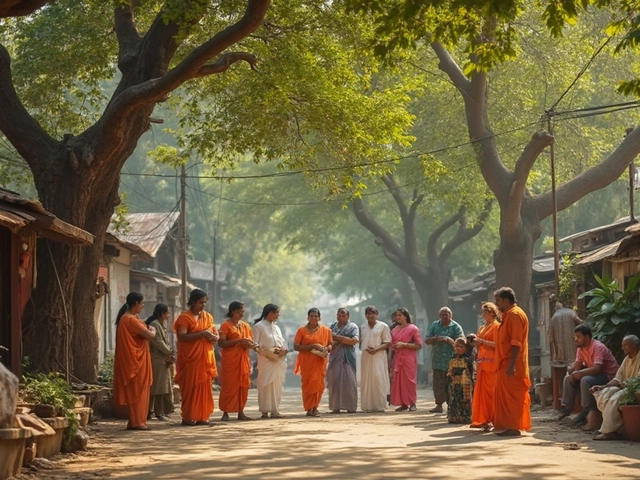People don't always realise how much goes on behind the scenes when it comes to community outreach. Imagine standing in the busy heart of Wellington, yet somehow there are folks around you who never cross paths, who don’t even know each other's stories. Community outreach pins up a flag and says: Hey, we’re in this together, let’s make something happen. It isn’t just about ticking boxes or meeting a quota—there’s a pulse to this work. The real objective goes way deeper than handing out flyers or running a sausage sizzle on a Saturday morning. It’s about making sure no one’s invisible or left behind.
Unpacking the Core Objective of Community Outreach
When people talk about community outreach, it’s easy to picture quick scenes—volunteers picking up litter, or social workers knocking on doors for a census. But if you peel back all the surface stuff, the central objective shines bright and clear: to bridge gaps. Outreach is all about connection. Think of it as the community’s way of putting out a hand—sometimes offering help, sometimes asking for it, but always looking for common ground. The main goal is to bring together groups or individuals who otherwise might not interact. This could mean blending cultures in Auckland’s diverse suburbs, integrating new arrivals in Christchurch, or offering elderly residents in small towns a way back into social circles.
Connection isn’t just emotional—there’s a bunch of practical essentials tied in. Outreach programs often fill needs that nobody else is covering, like food assistance, literacy classes, or even mental health workshops. What’s cool is that when people start to feel noticed and included, they usually get more outspoken about what changes they’d like to see. Suddenly, the community’s needs aren’t just hidden whispers; they get loud and clear. That’s when real improvements can happen, not from the top down, but peer to peer.
Not all outreach looks the same. Here in New Zealand, you’ll see projects reflecting Māori perspectives, including kaupapa Māori models that focus on the collective wellbeing. In other cities worldwide, you might see more faith-based or youth-oriented programs. Even corporate-led volunteering has started to get involved, with a ripple effect that can reach hundreds. No matter the flavour, the underlying objective is steady—remove the barriers that stop people from participating fully, whether those barriers are language, finances, stigma, or something tougher to spot.
There’s interesting research out of Victoria University of Wellington that highlights how tailored outreach—adjusted for each unique neighbourhood—dramatically boosts participation rates and community satisfaction. It’s not about applying a one-size-fits-all model, but about listening and adapting nimbly. When people sense it’s designed for them, engagement skyrockets. But when it feels generic, folks tune out.
One thing’s certain: effective community outreach sees people as people, not problems to be solved. If you want results, start a real conversation. It’s as much about hearing lived experiences as providing service. Purposeful outreach transforms a place from just a dot on the map to a living, breathing support network.
How Community Outreach Makes a Tangible Impact
Community outreach does more than lift spirits—it moves numbers. The power of connection, education, and resource-sharing shows up in data, not just feel-good stories. For example, the New Zealand General Social Survey consistently finds that neighbourhoods with active outreach have lower reported rates of social isolation and better overall health outcomes. You might chalk that up to social programs like food banks or free health clinics, but it goes further. Outreach changes how people relate to each other, making them more likely to lend a hand—or even just check in with neighbours.
Take youth engagement. Counties Manukau, once tagged as a hot spot for youth crime, partnered with local outreach coordinators and schools next door to launch after-hours sports and tutoring programmes. Over three years, youth crime in target zones dropped by nearly 15%. That’s not just a blip—it’s sustained, measurable change sparked by real outreach programs. Studies in Wellington’s dental outreach for children found that after a single year, rates of tooth decay had fallen by a third. The programmes didn’t just show up to hand out toothbrushes; they sat down with whānau, built trust, and worked together.
Sometimes outreach takes the shape of advocacy—like when multicultural networks lobby councils for more language access or safer housing. Others focus hard on direct services. Either way, the common result is empowerment. People get tools, information, and more control over their situations. That ripple effect can be massive. An outreach project to teach digital literacy in Upper Hutt ended up spawning a wave of local smartphone repair businesses run by the very participants who once struggled to read emails. That’s proper knock-on impact, changing not just lives, but whole local economies.
Want some hard figures? Here’s a practical look at how different outreach goals stack up, according to a 2024 Te Pūnaha Matatini study in New Zealand:
| Outreach Type | Key Objective | Average Local Impact (per 1,000 participants) |
|---|---|---|
| Food Assistance | Access to essentials | 21% increase in food security |
| Mental Health Talks | Reduce stigma, boost support | 15% reduction in reported symptoms of anxiety |
| Youth Activity Clubs | Lower antisocial behaviour | 18% reduction in youth crime |
| Senior Tech Classes | Combat social isolation | 30% increase in digital confidence |
Every one of these outreach projects has a ripple that keeps spreading. Once you empower one person to take charge of their health, finances, or friendships, the benefits start to multiply. It’s the classic snowball effect: one seemingly small step pushes the next, and soon, the whole neighbourhood feels different.
But remember, there’s a caveat: impact drops when outreach is seen as a “fly-in, fly-out” service. Lasting change hinges on staying power and genuine relationships—so, programs that stick, listen, and grow based on feedback do far better than one-offs.
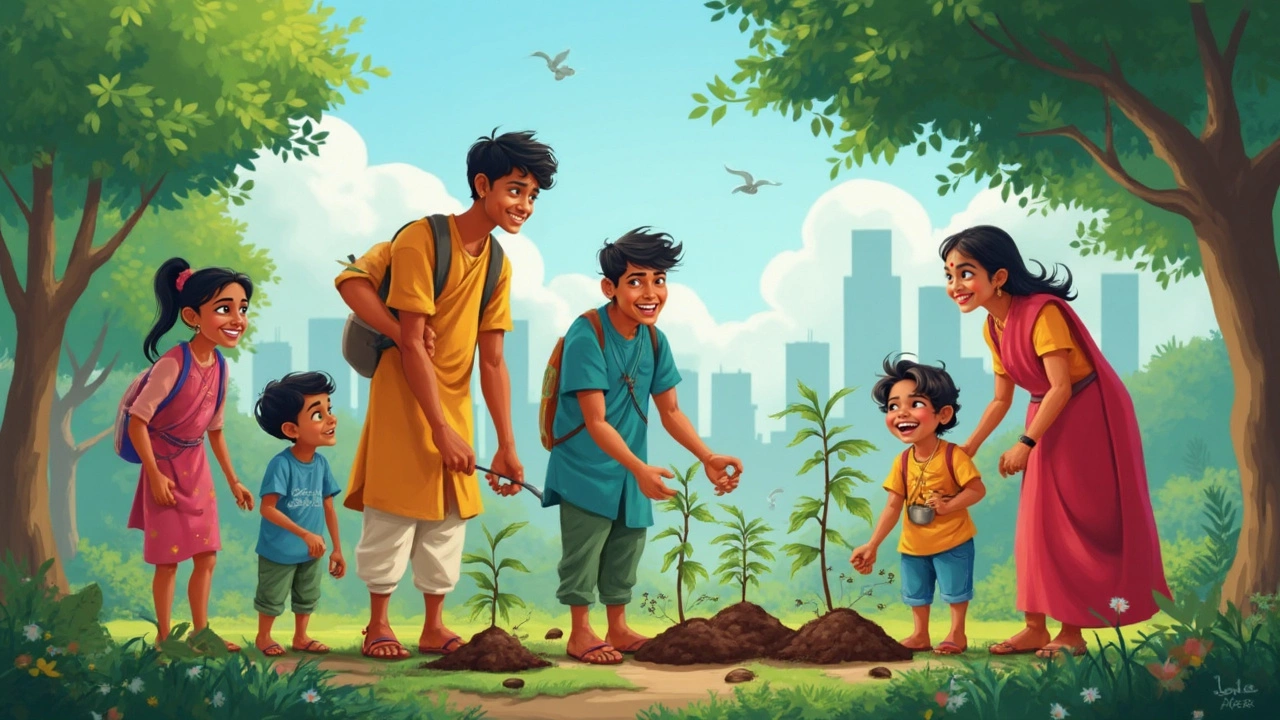
Strategies That Drive Effective Community Outreach
Sure, enthusiasm matters. But successful community outreach isn’t just born from good intentions—it thrives on smart strategy. If you want your project to stick, you’re going to need more than a clipboard and a smile. Every city, from Wellington to Whangārei, is a patchwork of micro-communities, each with its quirks. The trick is to tune into the local rhythm and build trust before aiming for big change.
First up: start local and go slow. Groups that barge in with “solutions” usually discover pretty quickly that they’re missing key details. Locals know what actually works in their patch. Ask instead of assume. Before launching a tech hub for teens, organisers in Lower Hutt spent six weeks hanging out at skate parks and youth centres just listening. When they finally set up a program, it reflected what the kids actually wanted, not a far-off committee’s wishlist.
Next, collaboration is golden. The strongest outreach efforts are team sports, not solo sprints. In Auckland, a successful migrant employment network paired small businesses with bilingual volunteers from the community. This wasn’t just about jobs—it broke language barriers and gave newcomers a friendly face to turn to, making businesses more open to hiring. That network, which started with 10 volunteers, has now grown to nearly 100, and the businesses involved have seen a 25% boost in employee retention among new arrivals.
Staying flexible is another make-or-break. Needs can shift fast when economies wobble, disasters strike, or new groups move in. Smart outreach teams don’t cling tight to the original plan—they check in constantly, gather feedback, and stay ready to adjust. After Cyclone Gabrielle, outreach teams pivoted rapidly from general community events to trauma support, language translation, and emergency shelter. Adaptability turned a disaster into an opportunity for deeper relationships and trust.
It’s not just who you reach, but how. Making the most of digital tools—social media, video calls, instant messaging groups—means you can keep momentum even if storms, public health restrictions, or distance keep people apart. Older generations aren’t always tech-hesitant, either. In Nelson, an intergenerational digital skills program used patient high school students as tutors for seniors; it ended up forming the city’s most active support network for caregiving and healthcare advice, proving you don’t need big budgets, just smart connectors.
Finally, acknowledgment matters. People who contribute want to see their work appreciated. It’s as easy as a public thank you, a spotlight in a local newsletter, or a community awards night. When folks feel valued, they’re far more likely to stick around for the long haul—and encourage others to join in.
Some top tips for nailing community outreach include:
- Start by listening, not fixing. Survey. Hold discussion circles. Show up at existing gatherings.
- Work with, not for, the community. Every group—youth, elderly, new arrivals—has experts who live there. Partner up.
- Stay visible and accessible. Outreach shouldn’t be a mystery or hidden behind closed doors.
- Keep it personal. Invite stories, celebrate milestones together, and recognise contributions.
- Measure and share impact, good or bad. Transparency builds trust.
Long-Term Benefits: Why Outreach Changes Everything
It’s easy to see immediate wins—maybe a packed event, a neighbourhood mural, or a grant delivered. But the real payoff of community outreach plays out far beyond the first handshake. Once you get people talking and acting together, something shifts. Trust grows. Local resources get shared better. People with different backgrounds start looking out for one another. It’s the slow-burn kind of change that’s hard to spot in a single moment, but unmistakable when you look back a year—or ten—later.
Research from Massey University found that in areas with sustained, multi-year outreach, residents reported a 40% higher sense of belonging and collective efficacy. That’s the fancy way of saying: people feel less alone and more confident they can change things for the better. A single outreach program might teach people to compost or vote, but a whole movement can turn strangers into neighbours and neighbours into friends.
Another long-term bonus: resilience. Communities that practice regular outreach are more nimble during hard times. Take the early days of the COVID-19 pandemic. Neighbourhoods with strong outreach histories built mutual aid groups overnight. They knew how to spread info, share food, and check in—not because some official told them, but because those habits were already set. A 2022 report from the New Zealand Council of Social Services showed that these communities rebounded faster and suffered less isolation than those without.
Let’s talk young people. Consistent outreach gives rangatahi more reasons to stick around and invest where they live. Youth who take part in outreach projects—be it tree-planting, mentoring, or media creation—are way more likely to volunteer and stay engaged as adults. That gives small cities and rural areas a shot at lasting vibrancy, even as populations change.
There’s also a powerful flip-side: outreach isn’t just about helping “at-risk” folks. Everyone benefits. Businesses get more loyal customers and workers, schools see tighter parent linkages, and councils encounter less opposition to new projects. If people feel in the loop, they’re far more likely to speak up early—before issues turn into crises.
The best-kept secret? Community outreach sparks hope. Feeling heard and seeing your efforts in concrete improvements—fresh gardens, safer streets, more welcoming events—adds a sense of ownership and purpose. That’s the glue that holds any place together, no matter what challenges roll in next. The biggest win isn’t a single outcome, but a habit of working together that strengthens generation after generation.
So, when you think about what drives outreach, don’t settle for a simple answer. The objective is community outreach at its realest: listening, learning, connecting, and giving people the tools to shape their own futures—one conversation, one small win at a time.
